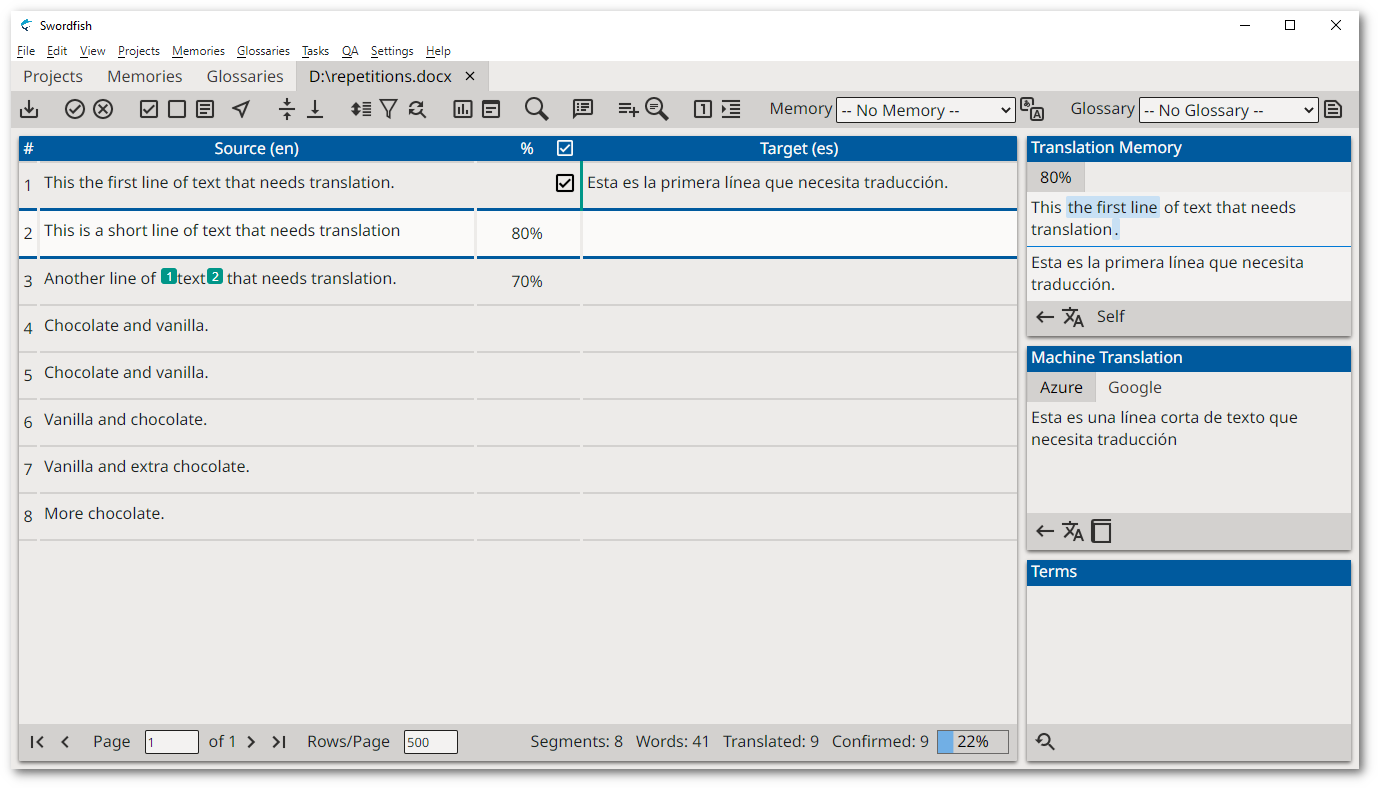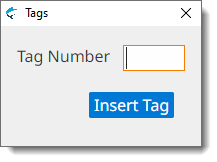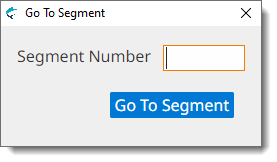Translate Project
New projects are opened automatically for translation. To continue work on a closed
project:
- In Projects tab, click the project that you want to translate.
- Select from the main menu or click the
button on the toolbar of the Projects tab.
NoteYou can also double-click on a project in the Projects tab to
open it for translation.
|
A project opened for translation looks like this:


The translation view has these special areas:
| Top Toolbar | Contains an array of buttons for performing different tasks. It also contains drop-down selectors for the active and glossary. |
| Translation Panel | Large scrollable table of segments, showing source text, segment status and translation. |
| Side Panel | Located on the right side, this section holds three panels: Translation Memory, Machine Translation and Terms. |
| Navigation and Status Bar | Located at the bottom, this area contains buttons for navigating between project pages and provides translation status information. |
Click on a segment to start translating it. The corresponding row is highlighted and
centered on screen (whenever possible) and the cursor is positioned at the start of
target text.
Source formatting is represented with green marks containing a number (i.e.:  ). To insert green marks, also known as inline tags, press
[Ctrl+N] on Windows/Linux, ([Cmd+N] on
macOS) where N is the number in the mark. You can also use the
different options for managing tags from Edit menu:
). To insert green marks, also known as inline tags, press
[Ctrl+N] on Windows/Linux, ([Cmd+N] on
macOS) where N is the number in the mark. You can also use the
different options for managing tags from Edit menu:
- ([Ctrl+T] on Windows/Linux,
[Cmd+T] on macOS): displays a window for writing the tag
number. Press the Esc key to close the dialog at any time.
Use this option when the number is greater than 10.

- : opens a submenu for inserting tags 1 to 10.
- ([Ctrl+Shift+T] on Windows/Linux, [Cmd+Shift+T] on macOS): inserts the tag that follows the highest tag number inserted so far.
- ([Ctrl+Alt+T] on Windows/Linux, [Cmd+Alt+T] on macOS): inserts all tags from source that are not present in target text.
- ([Ctrl+Shift+R] on Windows/Linux, [Cmd+Shift+R] on macOS): removes all tags present in target text.
NoteIn case there are tag errors or initial/trailing spaces errors in a segment, a warning
icon (
|
When the segment is fully translated, press [Ctrl+E]
([Cmd+E] on macOS) or click the  button on the top toolbar to confirm it. When you confirm a segment, its
translation is stored in the memory selected in the Memory
drop-down of the top toolbar and is also automatically propagated to all similar
unconfirmed segments.
button on the top toolbar to confirm it. When you confirm a segment, its
translation is stored in the memory selected in the Memory
drop-down of the top toolbar and is also automatically propagated to all similar
unconfirmed segments.
You have two more options for marking a segment as confirmed:
- Press [Alt+Down Arrow] ([Ctrl+Alt+Down
Arrow] on macOS) or click the
button on the top toolbar to Confirm and go to Next Untranslated segment.
- Press [Alt+Shift+Down Arrow] ([Ctrl+Shift+Down
Arrow] on macOS) or click the
button on the top toolbar to Confirm and go to Next Unconfirmed segment.
Use [Page Up] and [Page Down] keys to move
to next and previous segments and translate them.
When all segments have been translated, on main menu select ([F5]) or click on the  button on the top toolbar to export an HTML version of your translations for
review. Note any segments with errors and correct them.
button on the top toolbar to export an HTML version of your translations for
review. Note any segments with errors and correct them.
To visit a segment knowing its number, in main menu select, click on the  or press [Ctrl+G] ([Cmd+G] on macOS). The Go To Segment
dialog appears:
or press [Ctrl+G] ([Cmd+G] on macOS). The Go To Segment
dialog appears:

Type the number of the segment you want to review in the Segment
Number box and click the Go To Segment
button.
Finally, use the Check Inline Tags [F9] and
Check Initial/Trailing Spaces [F10]
options from QA menu to check that your file is properly
translated. Pay special attention to errors in tags, because the translated document
may
become unusable.